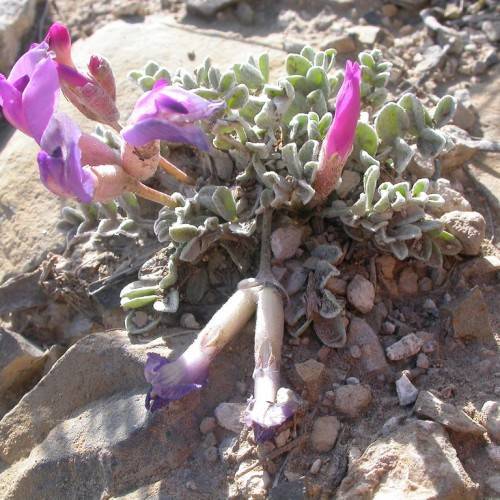
Woollypod Milkvetch
Astragalus purshii var. glareosus
Watering:
Frequent
Hardiness Zone:
Sun:
full sun,part shade
Leaf:
Yes
Growth Rate:
Low
Drought Tolerant:
Yes
Salt Tolerant:
Yes
Care Level:
Medium
watering
Pursh's Milk Vetch generally needs low to moderate amounts of water and should be watered whenever the soil feels dry 1 to 2 inches below the surface. The plant enjoys light, well-drained soil and can be watered weekly or bi-weekly during the growing season. In cooler months, water should be reduced. Also, avoid overwatering to prevent root rot or disease.
sunlight
Pursh's Milk Vetch prefers full sun for optimum growth. During the winter season, the plant receives between 4-5 hours of direct sunlight each day. During the summer season, when the sun is at its highest, the plant receives between 6-7 hours of direct sunlight each day and between 8-10 hours of total sunlight. In order to maintain an adequate level of photosynthesis, the plant needs at least 6 hours of direct sun to survive. The amount of sunlight should be adjusted for regions with varying intensity of sunlight; for example, more direct sun is needed in dry climates, and less direct sun in humid climates.
pruning
Pursh's Milk Vetch should be pruned in early spring, as soon as new growth starts to appear. Pruning the plant should be done lightly and selectively, removing any old, spindly, dead, or diseased stems and pruning back any overly vigorous shoots. Depending on the plant's size and growth habit, plants can be pruned by up to 1 third of their original size. If a large number of stems need to be removed, then the plant should be pruned gradually over a period of 1–2 years.
